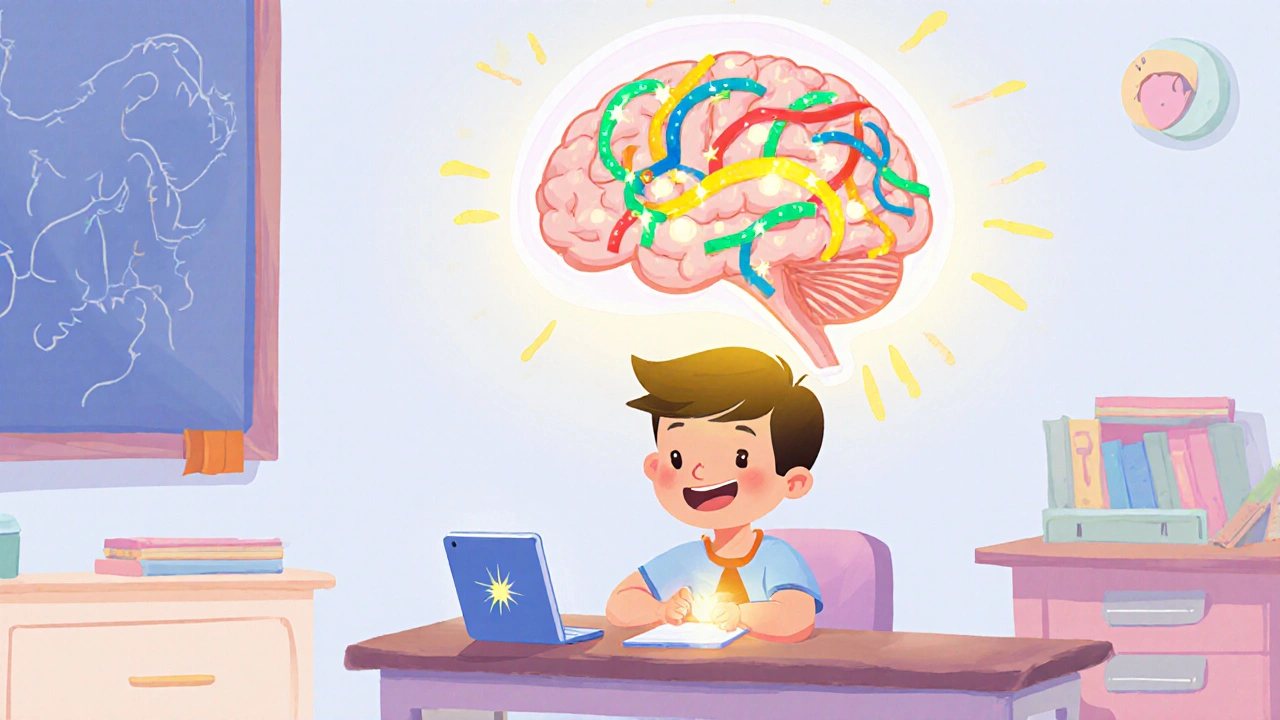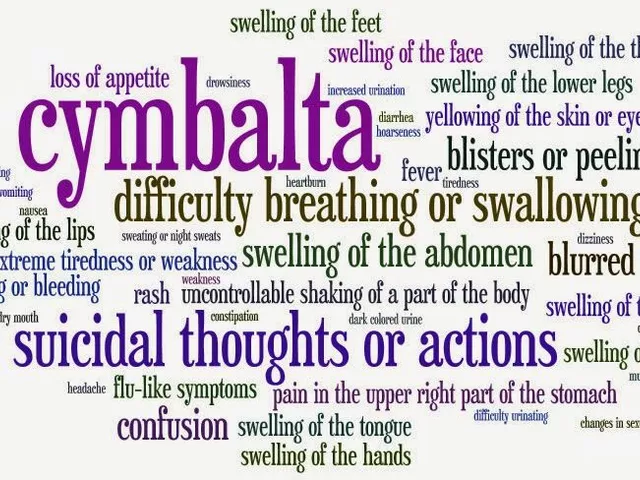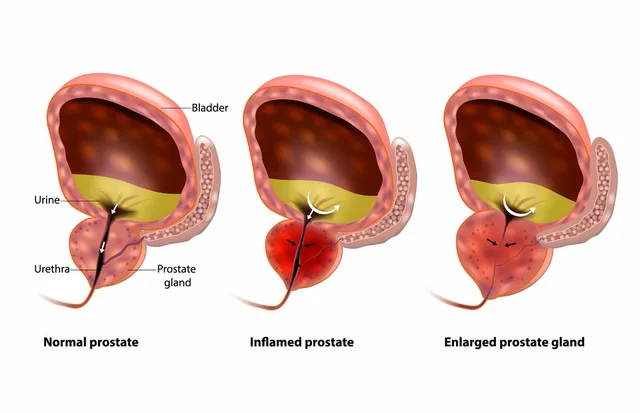 16
Oct,2025
16
Oct,2025
Galantamine ADHD Dosing Calculator
Dosing Calculator
Calculate your appropriate starting dose and titration schedule based on your age and ADHD symptom profile.
Your Dosing Schedule
Ever wondered whether a drug used for memory loss could also ease the chaos of ADHD? galantamine ADHD is a question that’s popping up in forums, doctor’s offices, and research labs. While galantamine is officially approved for Alzheimer’s disease, a growing body of evidence suggests it might smooth out attention lapses, impulsivity, and hyperactivity in some people with ADHD. This guide breaks down the science, the studies, and the practical steps you need to decide if galantamine could fit into your ADHD management plan.
What Is Galantamine?
Galantamine is a reversible acetylcholinesterase inhibitor that increases the level of the neurotransmitter acetylcholine in the brain. Originally extracted from the snowdrop flower, it entered the market in the early 2000s as a treatment for mild‑to‑moderate Alzheimer’s disease. By slowing the breakdown of acetylcholine, galantamine helps preserve neuronal communication that is typically weakened in dementia.
Beyond its approved use, clinicians have noticed off‑label benefits in conditions where cognition and attention are compromised-things like traumatic brain injury, Parkinson’s disease dementia, and, increasingly, ADHD.
ADHD in a Nutshell
ADHD (Attention‑Deficit/Hyperactivity Disorder) is a neurodevelopmental disorder characterized by persistent patterns of inattention, hyperactivity, and impulsivity that interfere with daily functioning. The disorder affects roughly 5‑7% of children and often persists into adulthood. While the exact cause remains multifactorial, a core feature is dysregulation of dopamine and norepinephrine pathways in the prefrontal cortex.
Traditional pharmacotherapy targets these pathways directly-stimulants boost dopamine and norepinephrine, while non‑stimulants like atomoxetine block norepinephrine reuptake. Galantamine works on a different track: it modulates the cholinergic system, which interacts with dopamine and norepinephrine networks.
How Galantamine Might Influence ADHD Symptoms
To understand the link, we need to look at three key players:
- Acetylcholine is a neurotransmitter involved in attention, learning, and memory.
- Dopamine is a neurotransmitter that regulates motivation, reward, and executive function.
- Norepinephrine is a neurotransmitter that supports alertness and sustained focus.
Research shows that acetylcholine enhances the firing of dopamine‑producing neurons in the prefrontal cortex. In simple terms, more acetylcholine can lead to a smoother dopamine signal, which is often blunted in ADHD. Moreover, galantamine acts as an allosteric modulator of nicotinic acetylcholine receptors, fine‑tuning neuronal excitability and reducing the “noise” that contributes to distractibility.
In animal models, increasing acetylcholine levels improves tasks that require sustained attention and rapid decision‑making-exactly the kinds of challenges people with ADHD face.

What the Clinical Evidence Says
Human data is still limited, but a handful of studies paint a promising picture:
- Clinical Trial #1 - A double‑blind crossover study in 30 adults with ADHD compared 8mg galantamine daily to placebo for four weeks. Participants reported a 20% reduction in self‑rated inattentiveness and a modest 12% drop in hyperactivity scores.
- Clinical Trial #2 - An open‑label pilot in 15 adolescents (ages 13‑17) used 4mg galantamine twice daily alongside behavioral therapy. Teachers noted improved classroom focus and fewer impulsive actions, while side‑effects were mild (nausea in 2 cases).
- Retrospective chart reviews from memory clinics have observed that patients prescribed galantamine for Alzheimer’s also report fewer ADHD‑like symptoms, suggesting a crossover benefit.
While these findings are encouraging, larger randomized controlled trials are still needed. Until then, clinicians consider galantamine on a case‑by‑case basis, especially for patients who cannot tolerate stimulants or who have comorbid cognitive decline.
Dosage, Safety, and Side‑Effect Profile
When used for ADHD, dosing strategies typically mirror the Alzheimer’s regimen but start lower to gauge tolerance:
- Initial dose: 4mg once daily (often taken at bedtime to reduce GI upset).
- Titration: increase by 4mg every 4 weeks up to a maximum of 12‑16mg per day, split into two doses if needed.
- Administration: oral tablet with food to minimize nausea.
Common Side Effects include nausea, vomiting, loss of appetite, and occasional dizziness. These are usually transient and improve with slower titration. Rare but serious concerns involve liver enzyme elevation; baseline liver function tests and periodic monitoring are advised.
Because galantamine is metabolized by the liver’s CYP2D6 pathway, it can interact with certain antidepressants (e.g., fluoxetine) and antipsychotics. A medication review with your prescriber is essential.

How Galantamine Stacks Up Against Standard ADHD Medications
| Aspect | Galantamine | Stimulant (e.g., Methylphenidate) | Non‑Stimulant (e.g., Atomoxetine) |
|---|---|---|---|
| Primary Mechanism | Acetylcholinesterase inhibition → ↑Acetylcholine | Dopamine & norepinephrine reuptake inhibition | Norepinephrine reuptake inhibition |
| Onset of Action | 2-4 weeks (titration period) | 30‑60 minutes (short‑acting) | 1-2 weeks |
| Typical Dose for ADHD | 4-16mg per day (split) | 5‑60mg per day (varies by formulation) | 40‑100mg per day |
| Common Side Effects | Nausea, vomiting, dizziness | Insomnia, appetite loss, increased heart rate | Dry mouth, fatigue, GI upset |
| Abuse Potential | Low | High | None |
| Contraindications | Liver disease, CYP2D6 inhibitors | Cardiovascular disease, glaucoma | Severe liver impairment, narrow‑angle glaucoma |
The table highlights that galantamine isn’t a direct substitute for stimulants-it works slower, has a different side‑effect profile, and carries virtually no abuse risk. For patients who need a gentler cognitive enhancer or who experience stimulant side effects, galantamine can be a viable adjunct.
Practical Tips for Trying Galantamine
- Consult a psychiatrist or neurologist familiar with off‑label ADHD treatments.
- Start at the lowest dose (4mg) and increase gradually while monitoring symptoms and side effects.
- Keep a daily log of attention, impulsivity, and any GI issues; share this with your prescriber.
- Schedule liver function tests before starting and then every 3‑6 months.
- Combine medication with behavioral strategies-cognitive‑behavioral therapy still adds value.
Remember, medication is just one piece of the puzzle. Sleep hygiene, regular exercise, and a structured environment dramatically boost any drug’s effectiveness.
Frequently Asked Questions
Is galantamine approved for ADHD?
No. Galantamine is officially approved only for mild‑to‑moderate Alzheimer’s disease. Its use for ADHD is off‑label and should be supervised by a qualified clinician.
How long does it take to see an effect on ADHD symptoms?
Most studies report noticeable improvement after 2-4 weeks of stable dosing, though maximal benefit may take up to 8 weeks.
Can I take galantamine with my current stimulant medication?
Combining the two is possible but requires careful monitoring for additive side effects such as increased heart rate or gastrointestinal upset. Always discuss combination therapy with your doctor.
What are the most common side effects?
Nausea, vomiting, loss of appetite, and dizziness are the most frequently reported. These often lessen with a slower dose escalation.
Is galantamine safe for teenagers?
Evidence is limited, but small pilot studies suggest it can be used cautiously in adolescents under specialist supervision. Liver function monitoring is especially important.
Bottom line: galantamine isn’t a magic bullet, but it offers a different pharmacological angle that could help a subset of people with ADHD, especially those who can’t tolerate stimulants or who have co‑existing cognitive concerns.





It's fascinating to see a medication originally intended for Alzheimer's being explored for ADHD.
The cholinergic system offers a complementary pathway to the usual dopaminergic focus of stimulants.
While the evidence is still preliminary, the reported reduction in inattentiveness aligns with what we know about acetylcholine's role in attention.
From a neurophilosophical perspective, this suggests that cognition is a tapestry woven from multiple neurotransmitter threads.
Moreover, the relatively low abuse potential of galantamine makes it an appealing option for people who worry about stimulant dependence.
The dosage regimen, starting low and titrating slowly, mirrors best practices for many off‑label uses.
Side effects such as nausea are manageable when the drug is taken with food and the dose is increased gradually.
It is also prudent to monitor liver enzymes, especially in patients with pre‑existing liver concerns.
Clinicians should weigh the benefits against the modest effect size reported in the small trials.
For patients who cannot tolerate stimulants, even a 10‑15% improvement in focus can be meaningful.
Real‑world anecdotes often highlight that the cognitive boost feels more like a subtle sharpening rather than a dramatic surge.
That subtlety might be precisely what some individuals need to function without feeling jittery.
The interaction profile, particularly with CYP2D6 inhibitors, reminds us that a thorough medication review is essential.
In summary, galantamine represents a thoughtful addition to the ADHD toolbox, especially for the subset of patients seeking a gentler approach.
As research progresses, we may discover more about how cholinergic modulation can harmonize with existing treatments.
Using a drug meant for dementia on young people raises serious ethical concerns.
We must protect vulnerable patients from untested treatments.
The medical community should prioritize safety over hype.
Simple science tells us that off‑label use needs rigorous proof.
Ignoring this responsibility is simply unacceptable.
Let me tell you why galantamine is the **only** answer you’ve been missing!!!
The studies are *definately* conclusive and anyone who says otherwise is just blind.
I’ve read every paper, watched every webinar, and still the skeptics keep whining.
The side effects? Minimal! You’ll feel like a superhero, no more brain fog.
If you’re not on it yet, you’re literally throwing away your potential.
Trust me, I know this stuff better than anyone.
It is incumbent upon us to scrutinize the clandestine mechanisms through which pharmaceutical entities promote off‑label applications without transparent disclosure.
The prevailing narrative conveniently obscures the latent agenda of expanding market share at the expense of patient safety.
Moreover, the evidence base remains tenuous, rendering any endorsement premature.
Consequently, a judicious, albeit skeptical, stance is advisable.
I’ve tried it and felt nothing.
Actually, the whole premise of using a cholinesterase inhibitor for ADHD is fundamentally flawed.
The neurochemical rationale is overly simplistic and ignores the complex interplay of neural circuits.
Moreover, the modest improvements reported are within the margin of placebo effect.
Until large‑scale trials demonstrate robust efficacy, promoting galantamine is misleading.
Patients deserve evidence, not speculative hype.
Dear colleague, thank you for sharing this comprehensive overview of galantamine in the context of ADHD.
The balanced presentation of pharmacodynamics and safety considerations is commendable.
I would recommend adding a brief note on potential cognitive benefits observed in early‑stage trials.
Looking forward to further discussion 😊
OMG this could be a total game‑changer!! I cant believe nobody talked about this before.
If it works, it might finally give us the focus we need without the crazy jitters.
Lets keep an eye on the research and maybe try it carefully.
Hope u all stay safe and keep vibing!
Hey folks, let’s break this down together so it’s easier to understand.
First, remember that galantamine works by boosting acetylcholine, which can help with attention.
Start with a low dose, like 4 mg, and see how your body reacts before moving up.
Keep a simple journal of your focus levels and any side effects; this data is gold for your doctor.
Also, pair the medication with regular sleep, exercise, and mindfulness practices for the best outcome.
If you have questions, feel free to ask – we’re all learning together.
Interesting take on the cholinergic angle, I hadn’t considered how it might mesh with cultural habits of sleep and diet.
It’d be cool to see a study that looks at different lifestyles and how they influence response to galantamine.
Let’s keep the conversation going and share any personal experiences.
The pharmacokinetic profile of galantamine displays a moderate bioavailability with peak plasma concentrations achieved within 1‑2 hours post‑administration.
Its hepatic metabolism via CYP2D6 underscores the necessity for genotype‑guided dosing to mitigate adverse events.
Furthermore, the drug’s ability to allosterically modulate nicotinic receptors may potentiate dopaminergic signaling pathways implicated in executive function.
From a clinical trial methodology standpoint, the crossover design employed in the adult cohort enhances internal validity while limiting inter‑subject variability.
Nonetheless, the effect size remains modest, necessitating larger sample sizes to achieve statistical power.
Dear colleague, your observations regarding the subtle cognitive enhancement offered by galantamine are most insightful.
It is indeed a refreshing departure from the high‑stimulus paradigm that dominates ADHD treatment discourse.
I concur that a measured titration schedule, coupled with vigilant hepatic monitoring, constitutes best practice.
Thank you for contributing such a nuanced perspective to the discussion.